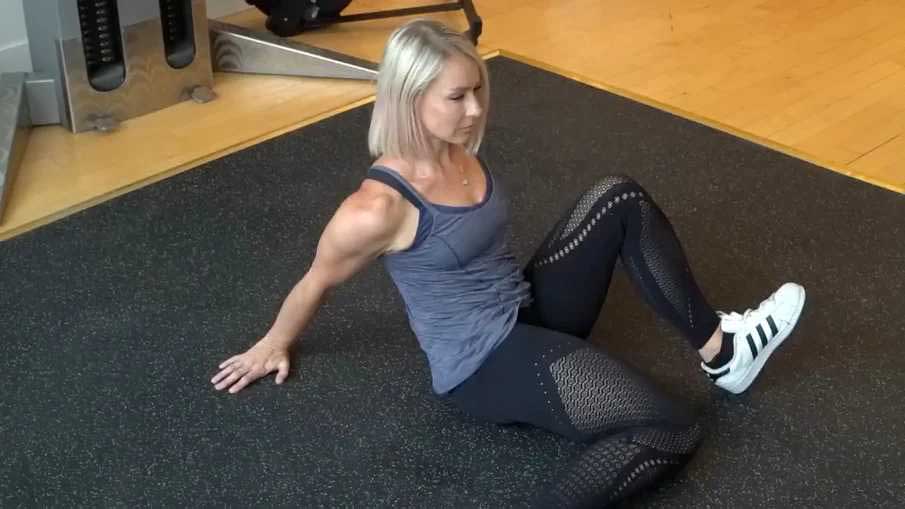Top 3 Winter Running Injuries and How to Prevent Them
Winter means colder temperatures, harder surfaces and uneven terrain. These conditions can lead to a host of running injuries if not properly planned for. A tight, cold muscle forced to contract at high intensity is vulnerable to injury. Running on ice and snow requires different muscle activation than running on a clear train, requiring the body to use compensation patterns.
1) Groin Injuries
Injury to the group of muscles in the inner thigh, the adductors, is a common occurrence with winter running. Slippery surfaces and uneven terrain can cause us to lose our footing while running, causing our leg to slip out from under us. When this happens, the groin muscles become overstretched and overloaded, leading to strain and possible tear.
2) Ankle and knee sprains
Running on uneven terrain requires activation of our ankle stabilizers, particularly the peroneals and tibialis posterior. These muscles are used for stability and motion control. When you run on uneven surfaces, you shift your heel strike and forces are then absorbed by your ankle stabilizers. Repeated inversion and eversion of the ankle by running in other people’s footprints can cause sprain or strain to the ankle joints.
3) Re-activation of Plantar Fasciitis/Achilles Tendonitis
Hard, icy surfaces put more stress on each footstrike. These greater forces are then absorbed by the plantar fascia and the achilles.
How to Prevent Winter Running Injuries:
Runners often lack hip mobility and strength in the lateral direction. Throughout the summer months, we run generally in a straight line with little lateral movement. When our body is challenged in the lateral direction we are predisposed to injury if we lack the supporting strength and mobility. The gluteus medius is the primary muscle for lateral hip stability. By working this muscle along with the muscles of the core, you can potentially prevent groin strains. Incorporating mobility of hip flexors and groin muscles is also important as our stride becomes shorter and choppier during the winter. These altered running mechanics require more activation of the hip flexors, so taking time for hip flexor and groin mobility becomes important.
Invest in footwear with extra cushioning, support and traction. Muscle temperature is directly related to muscle performance, so dress appropriately. Do a dynamic warm up with mobility and activation drills indoors before heading out. Dress appropriately to minimize heat loss from the head, hands and feet.
If you are suffering for Plantar fasciitis, knee pain or ankle sprains, our team of experts at Kinetic Edge can help. We offer physiotherapy, shockwave therapy, massage therapy and chiropractic.
About the Author:
Dr. Joanna Taylor is a chiropractor with a special interest in sports injuries practicing in Ottawa, ON. She is the owner of Kinetic Edge Health Group, a multidisciplinary clinic offering chiropractic, massage and physiotherapy as well as the Co-Owner of Recover RX, Canada’s first recovery studio for the modern athlete.

